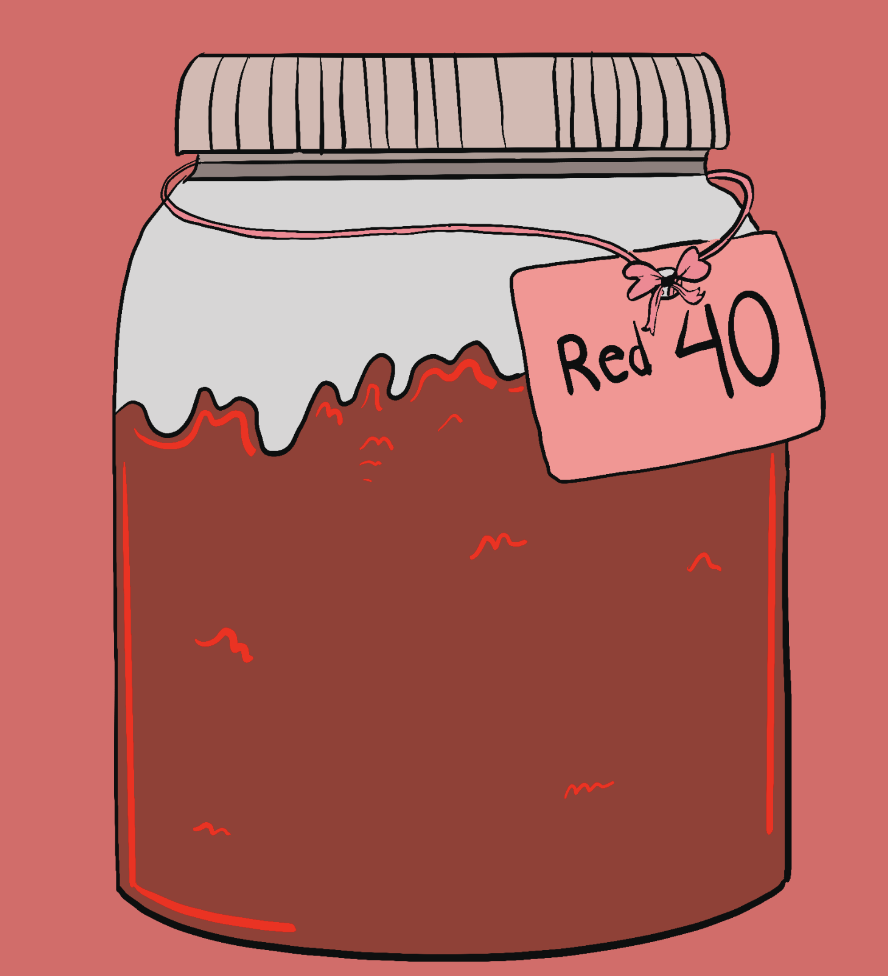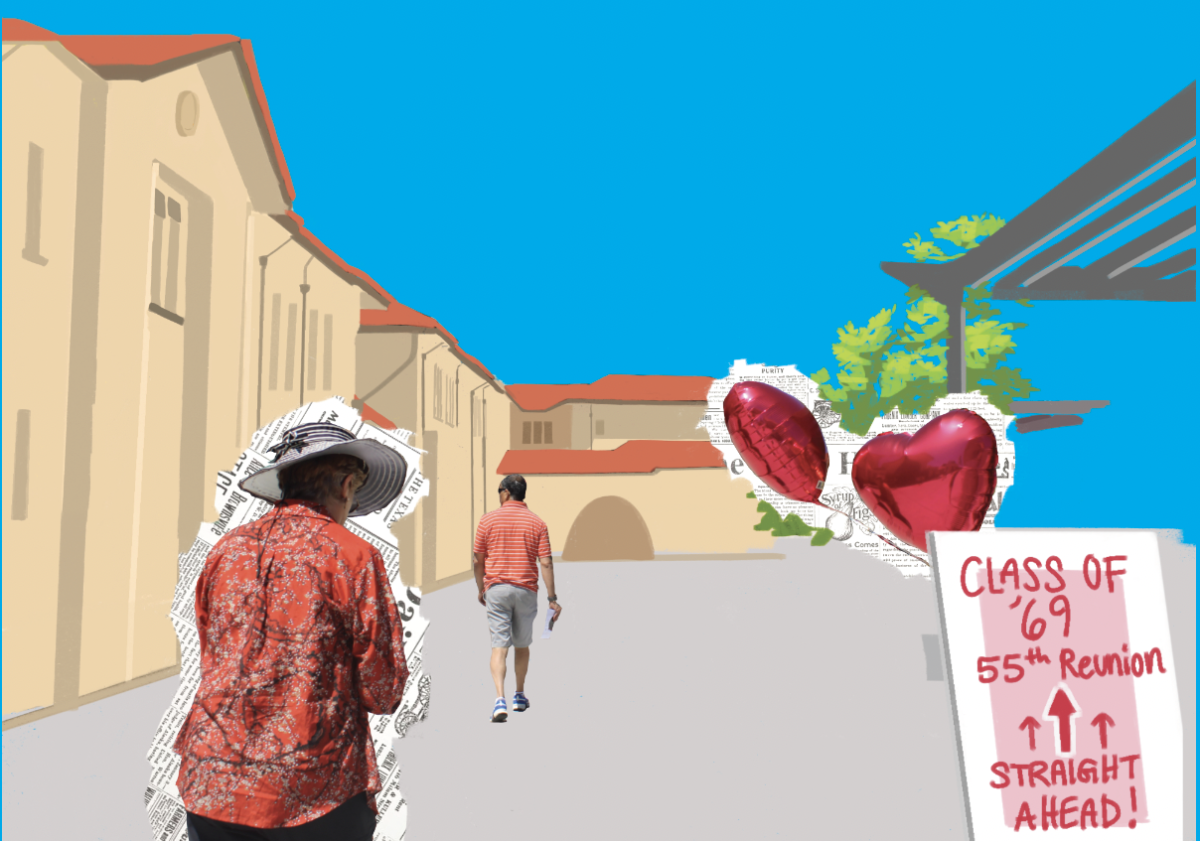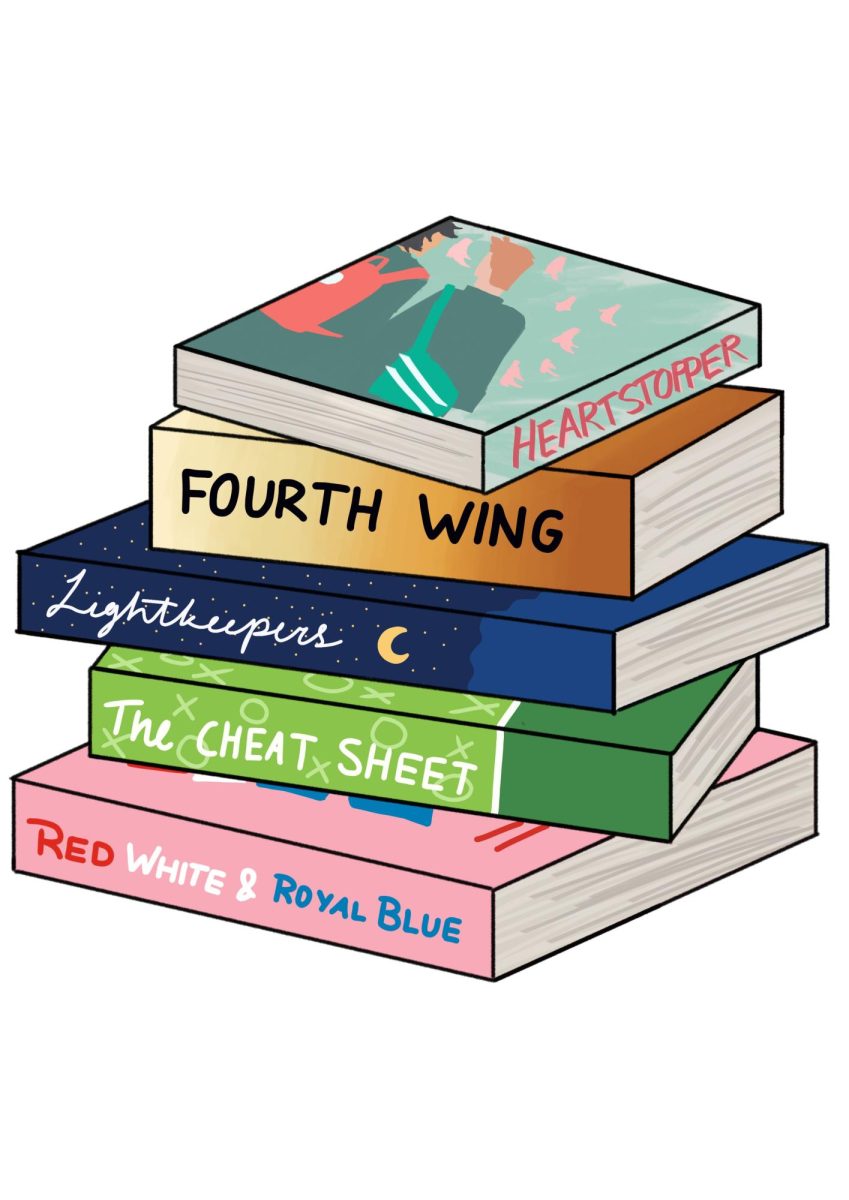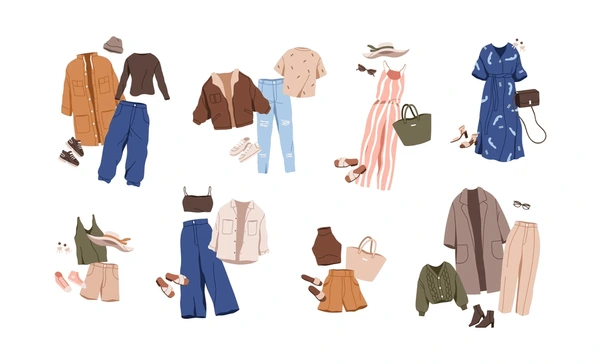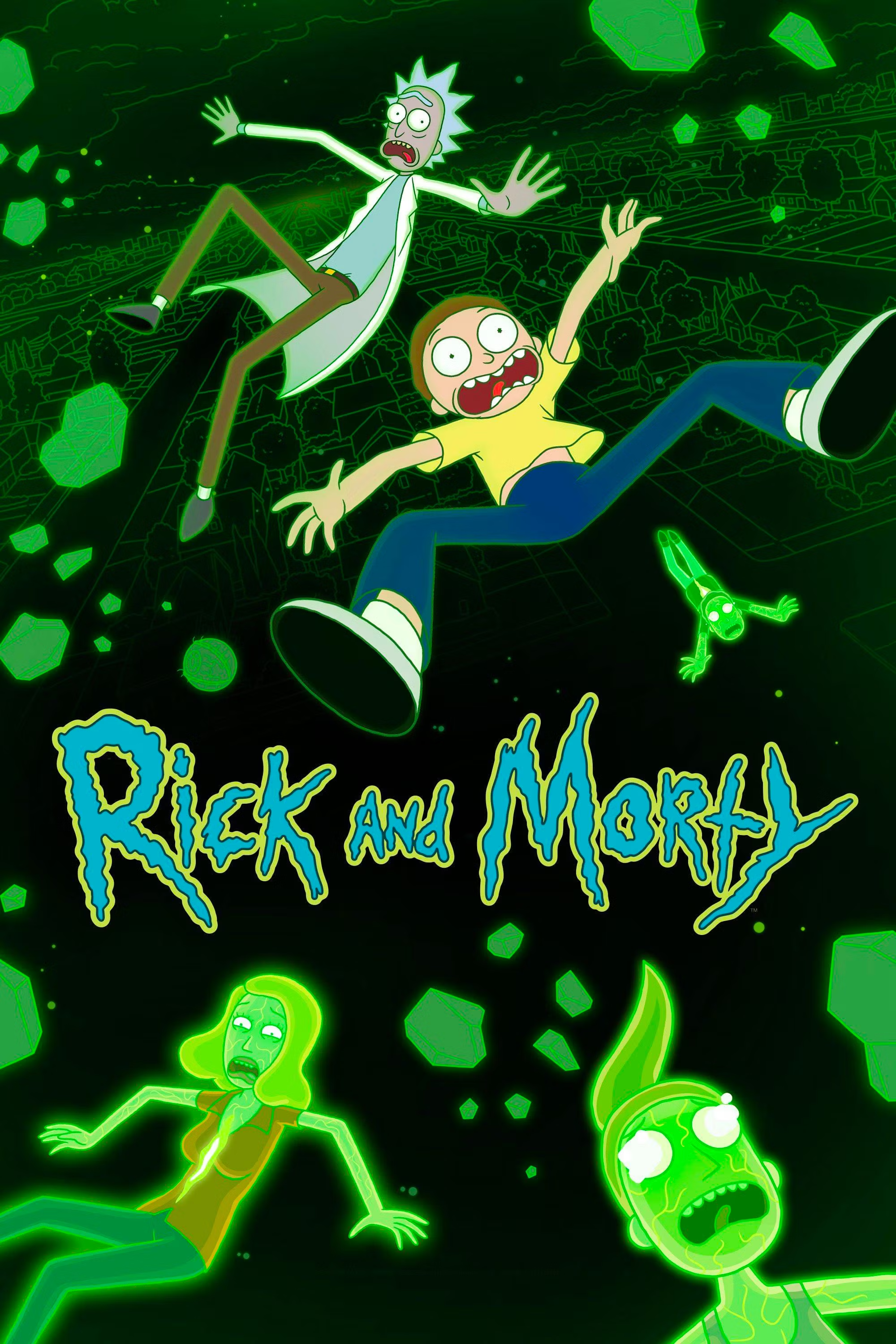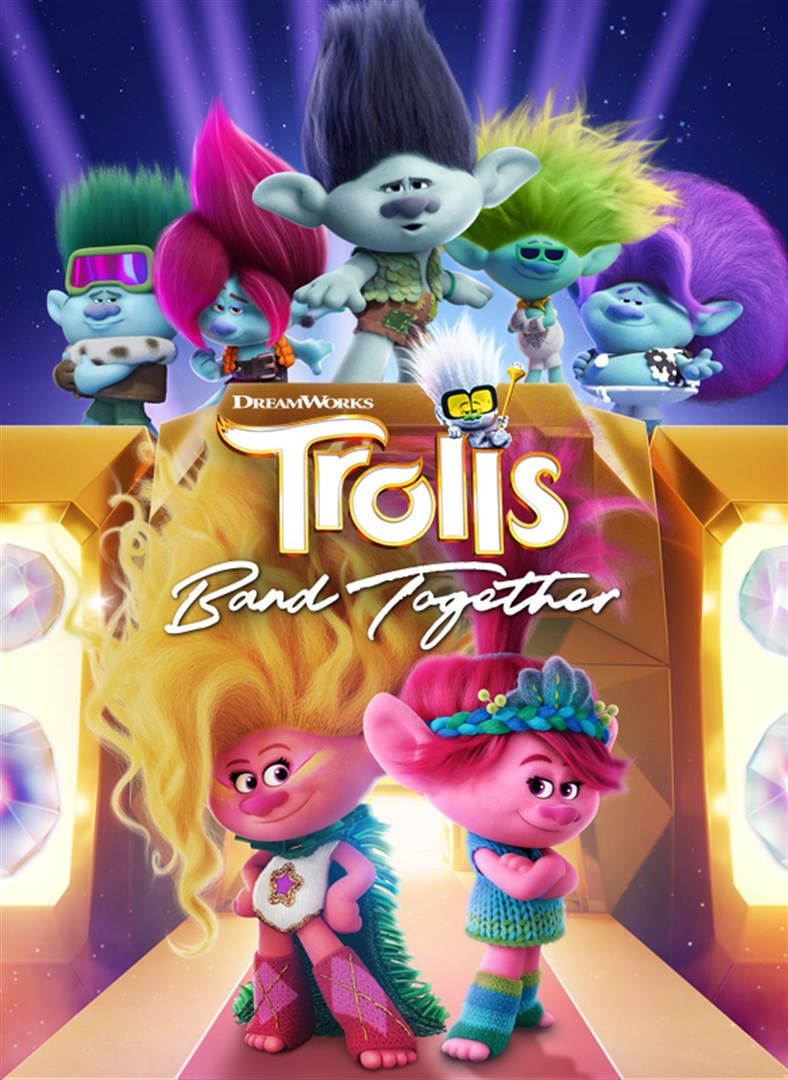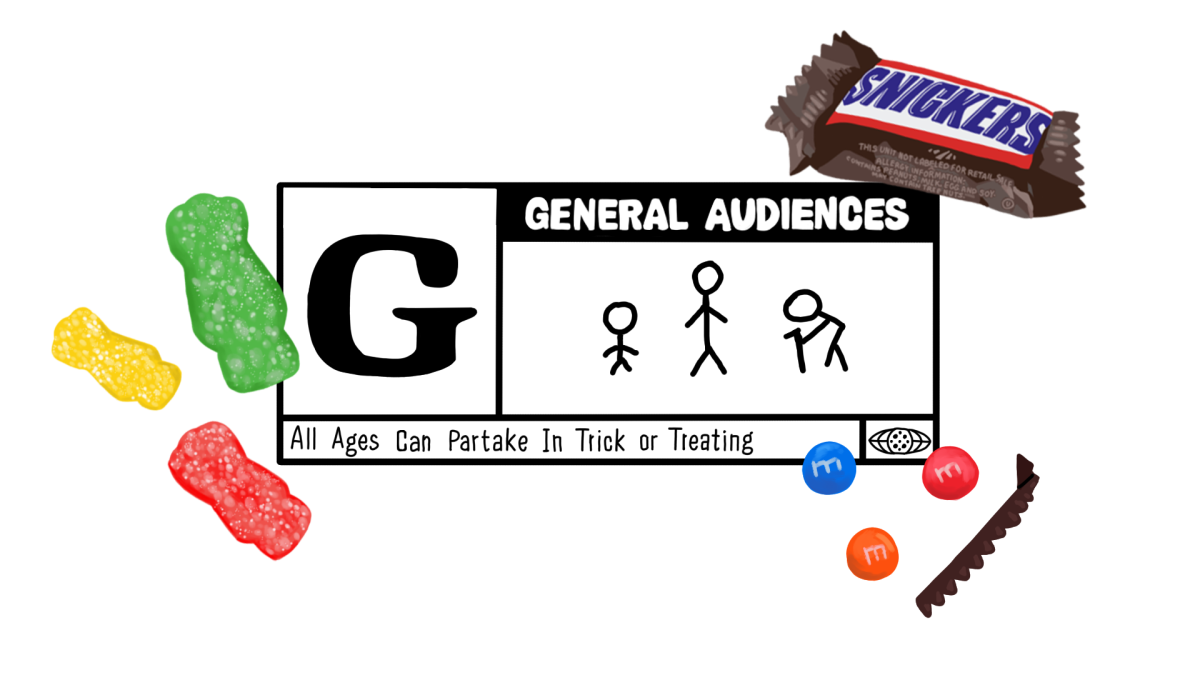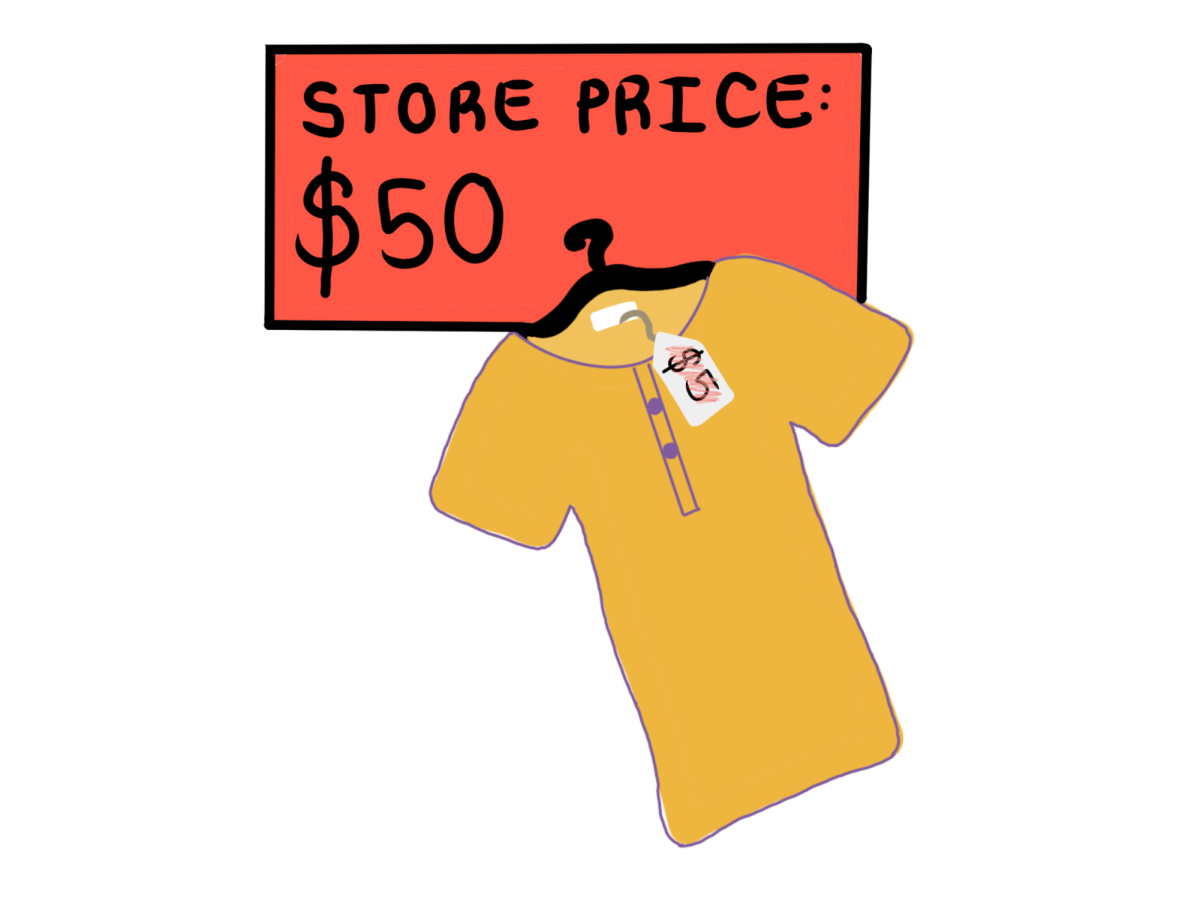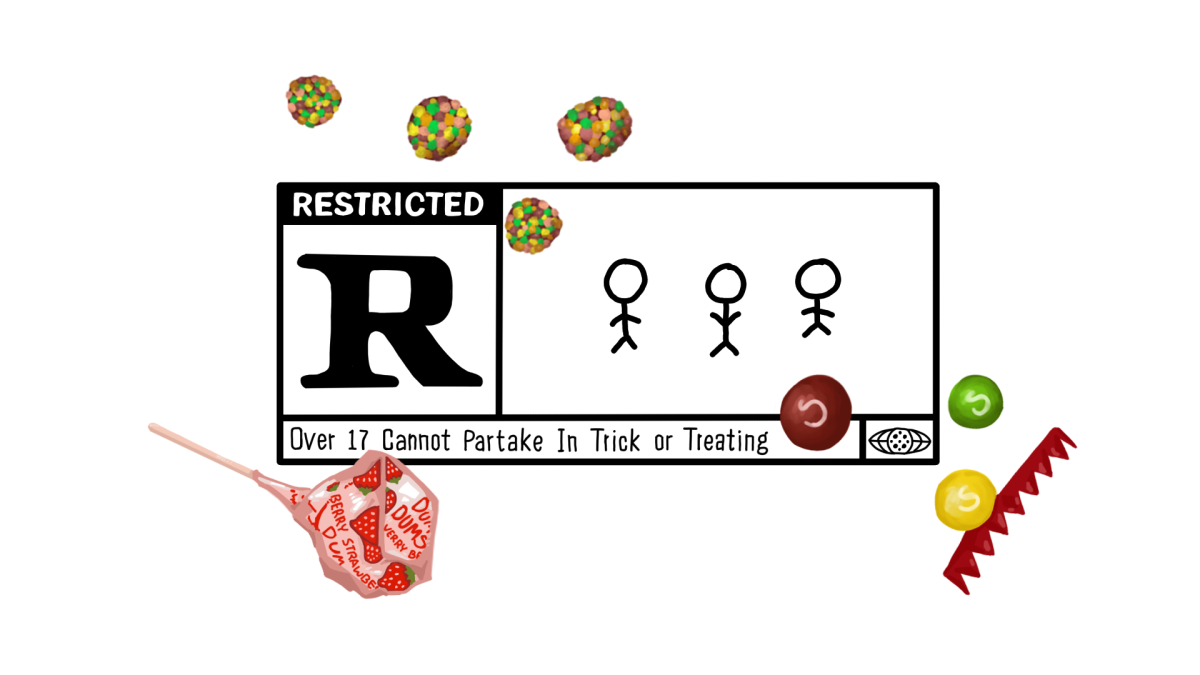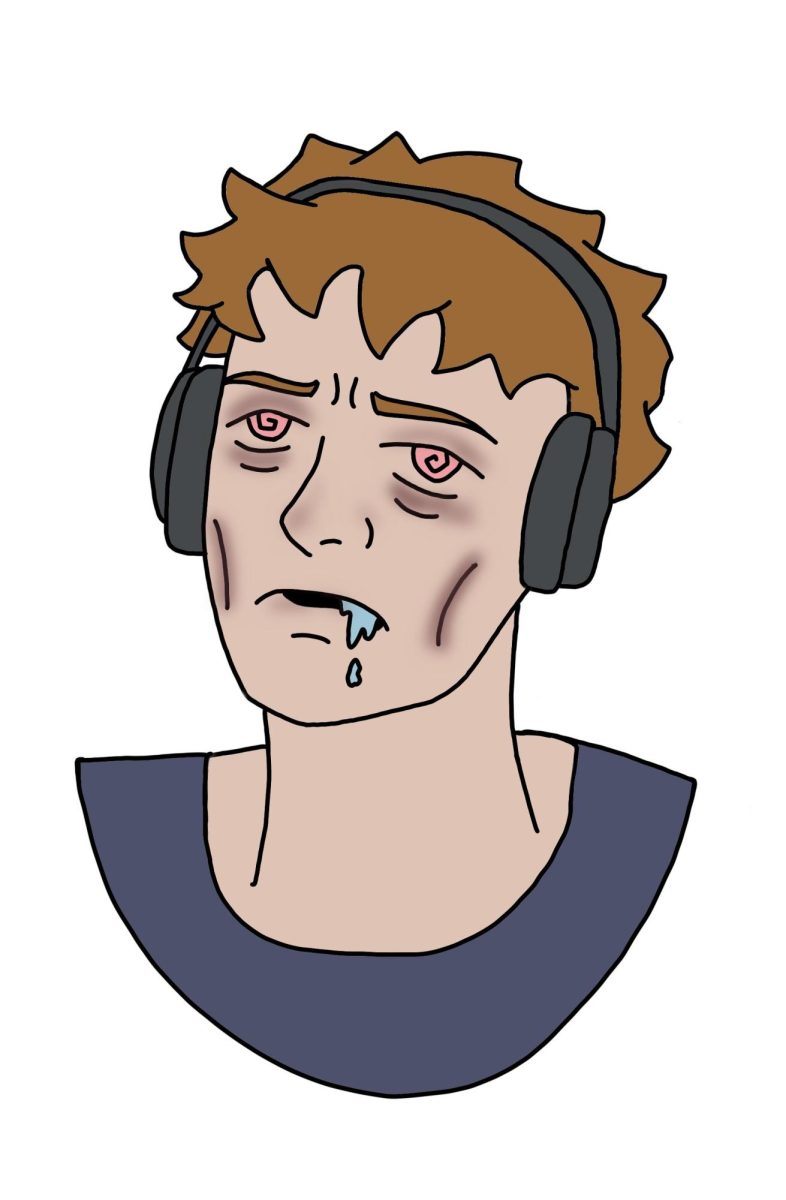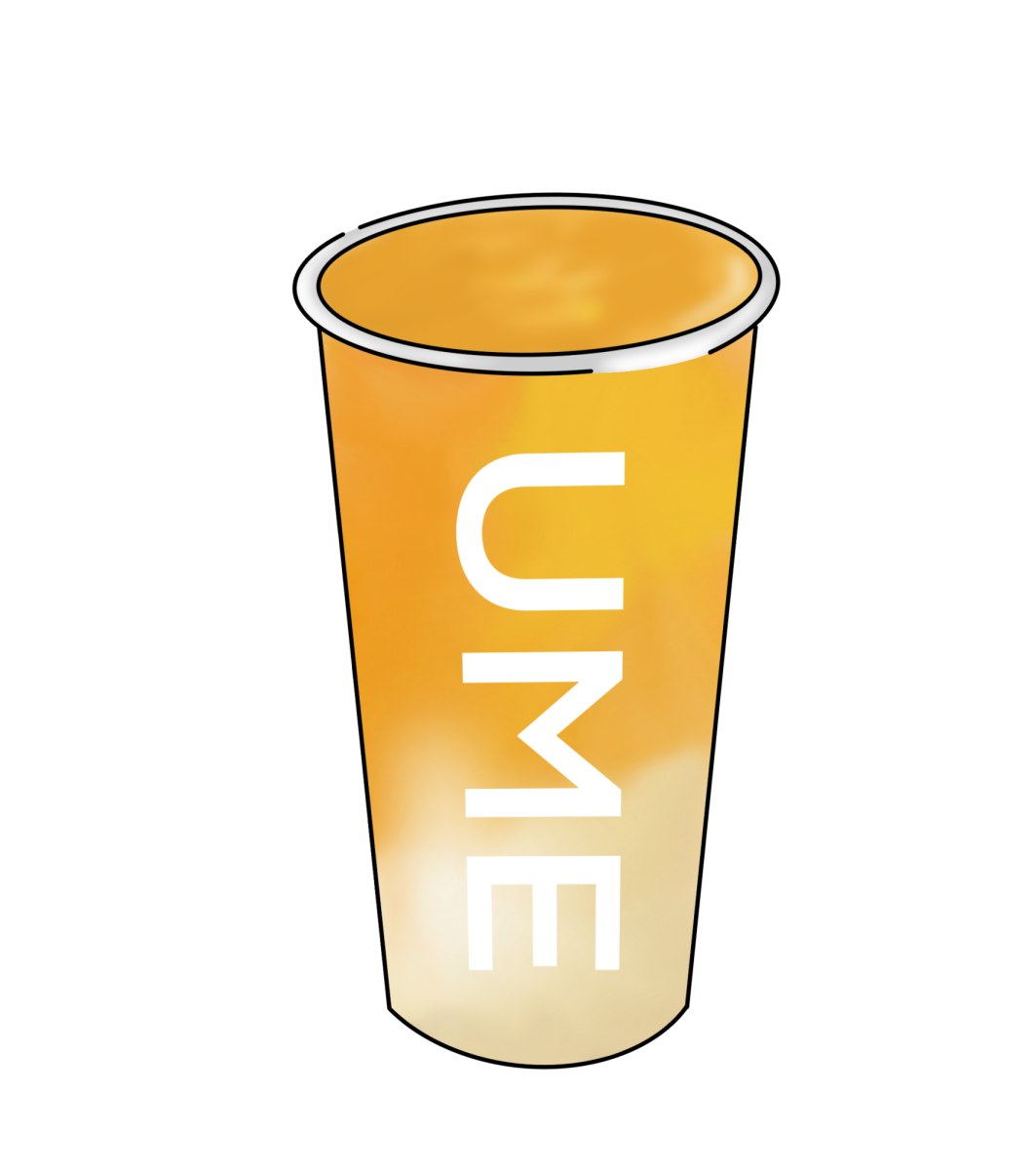Red 40 is a dye used in many industries, particularly in the food industry, to create vibrant colors. Thirty-six distinct food dyes like Red 40 are approved by the Food and Drug Administration. These include Yellow 5, Yellow 6, Blue 1 and many others.
People have a lot of different opinions about how safe it is to use Red 40 in food. The majority of those who are opposed to Red 40 argue about the health concerns associated with it. According to the Cleveland Clinic, food dyes like Red 40 have been linked to symptoms of learning disorders such as ADHD, and many are known to be contaminated with carcinogens. One of these is benzidine, which has been found to increase the risk of bladder cancer. Heavy consumption of Red 40 and other food dyes have been associated with behavioral problems and gut health problems. This makes sense. After all, humans have existed for hundreds of thousands of years, yet these food dyes have only existed for a few decades.
If Red 40 is so bad, then why is it in our food in the first place? Well, these artificial dyes are much cheaper to produce and use as compared to natural alternatives like beet juice. It is also water-soluble, making it easier to integrate into products. Additionally, it does not break down or change in color when exposed to high temperatures. This makes Red 40 and similar food dyes cheaper and more efficient to use in large scale food production.
Staying completely away from Red 40 and other artificial food dyes can be difficult. These days, almost all food products contain at least one ingredient that was produced in a lab. Food dyes like Red 40 are present in a lot of our favorite foods, like Takis, Doritos, Cheetos, Gatorade, cereals, chewing gum, soft drinks, candies, protein powders and so much more. The key thing to do in this situation is to check the ingredients of different products. Try to look for things that have natural color dyes, like beet juice or other vegetable juices.
As more research is being done about the short and long term effects of Red 40, we can have a better understanding of what is safe to eat.


